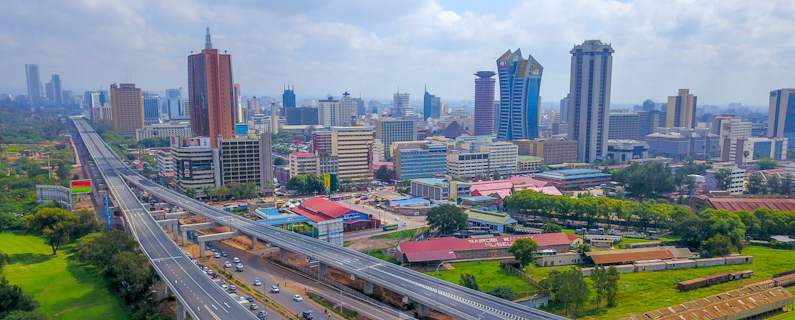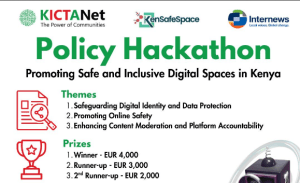By John Walubengo.
Kenyan President William Ruto has taken a keen interest in the global challenge of climate change. From September 4–6, Nairobi will host the Africa Climate Summit where over twenty heads of state and government and their high-level delegations of policymakers, industry players, academia, and other experts will deliberate and prioritize various climate-related action points.
But what exactly is the climate change challenge, and what are the possible contributions that Kenya’s ICT fraternity can put on the table?
The Problem
In simplest terms, the climate change challenge refers to the scientific fact that the atmospheric temperature around the earth has been rising at unprecedented levels since the industrial age kicked in about 150 years ago.
Human and industrial activities have produced the atmospheric gases that have trapped more of the Sun’s energy within the Earth’s system. This extra energy has warmed the atmosphere, ocean, and land, and widespread and rapid changes in the atmosphere, ocean, cryosphere, and biosphere have occurred.
This ‘trapping of the sun’s energy’ around the earth’s globe is known as the greenhouse effect. Carbon dioxide (CO2), one of the most notorious by-products of the industrial age is considered to be one of the largest greenhouse gas emission culprits behind climate change.
Human activities, such as the burning of fossil fuels like coal, oil, and natural gas to support modern-day energy-driven lifestyles such as transportation, manufacturing, and running large data centres have significantly increased the concentration of CO2 in the atmosphere.
Subsequently, this enhanced greenhouse effect has led to global warming and climate change, with potential consequences such as rising sea levels, more frequent and extreme weather patterns such as intense droughts vs. floods, intense heat waves vs. cold waves and general disruptions to the natural ecosystems.
There have been various proposed solutions to this global challenge including but not limited to the transition to renewable energy, re-forestation, sustainable agriculture, carbon pricing, energy efficiency, and sustainable transportation.
The Solutions
Specific ICT-related local solutions include the Kenya Carbon Emission Reduction Tool, published by Strathmore University, iLab. The tool helps policymakers identify and explore various options available to cut greenhouse gas emissions. It answers questions like what can we tweak on the various indicators such as forestation, renewable energy, and transportation, to have a Net-zero emission by the year 2050.
To achieve Net-zero greenhouse gas emissions means that the amount of greenhouse gases being emitted into the atmosphere is balanced by an equivalent amount being removed from the atmosphere or offset through various means. The goal of achieving net-zero emissions is a critical strategy in addressing climate change and preventing further global warming.
One way to reduce greenhouse gas emissions is to use renewable energy to drive ICT infrastructure. Kenya, like most of Africa, has quite a big portfolio of renewable energy ranging from hydro, solar, wind, and geothermal energy sources that can power large ICT infrastructure such as large data centres.
Kenya can indeed position itself as a global renewable energy destination – once we fix some of our last mile challenges such as those experienced last week leading to a nationwide blackout.
Carbon Trading
Another ICT intervention domain relates to bringing transparency in the very complicated carbon-trading markets. In simple terms, carbon trading is where the industrial north pays the global south for its excessive indulgence and generation of offensive carbon footprints.
Essentially, developing countries are funded by developed nations to provide ‘carbon sinks’ in the form of increased forest cover. The forests are then able to absorb the extra Carbon dioxide that would have otherwise gone into the atmosphere and contributed to the increasing global temperatures.
The mechanisms for measuring and reporting carbon emissions from multiple stakeholders in the climate ecosystem are currently very tedious and prone to errors and manipulation – leading to lower financial investments and commitments.
Various blockchain-driven solutions have come up to address this challenge in terms of providing open, verifiable and immutable mechanisms for recording carbon emissions and transparently rewarding entities and countries that have demonstrated commitment to expanding and maintaining their forest cover.
We hope that these are some of the ICT intervention domains that the upcoming climate summit will look into.
John Walubengo is an ICT Lecturer and Consultant. @jwalu.
![]()




